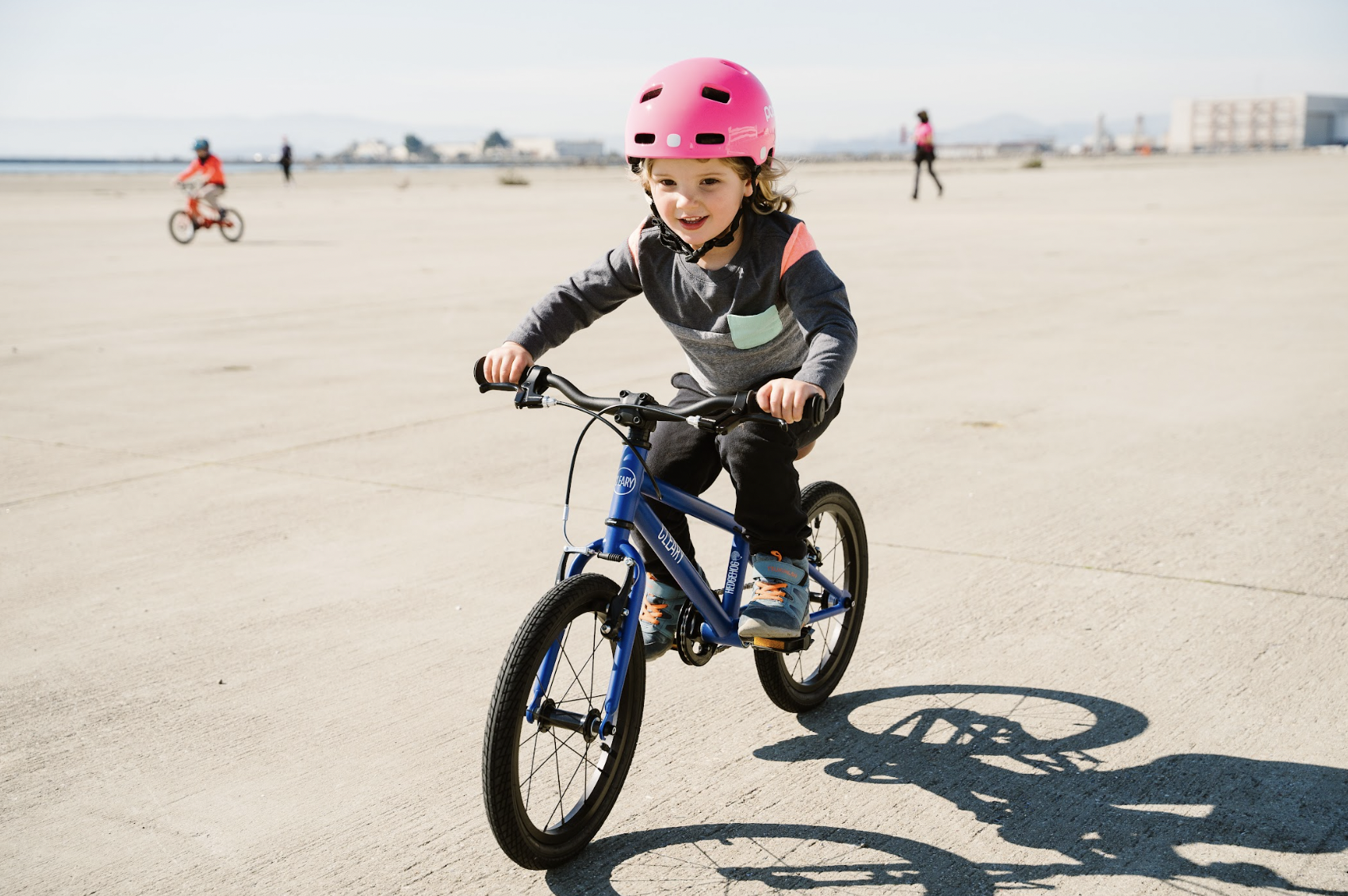
1-2-3: How to perform a quick safety check on your child’s bike
Kids’ bikes are subject to wear and tear, which is why maintaining them is essential for their longevity and safety. As a parent, you can
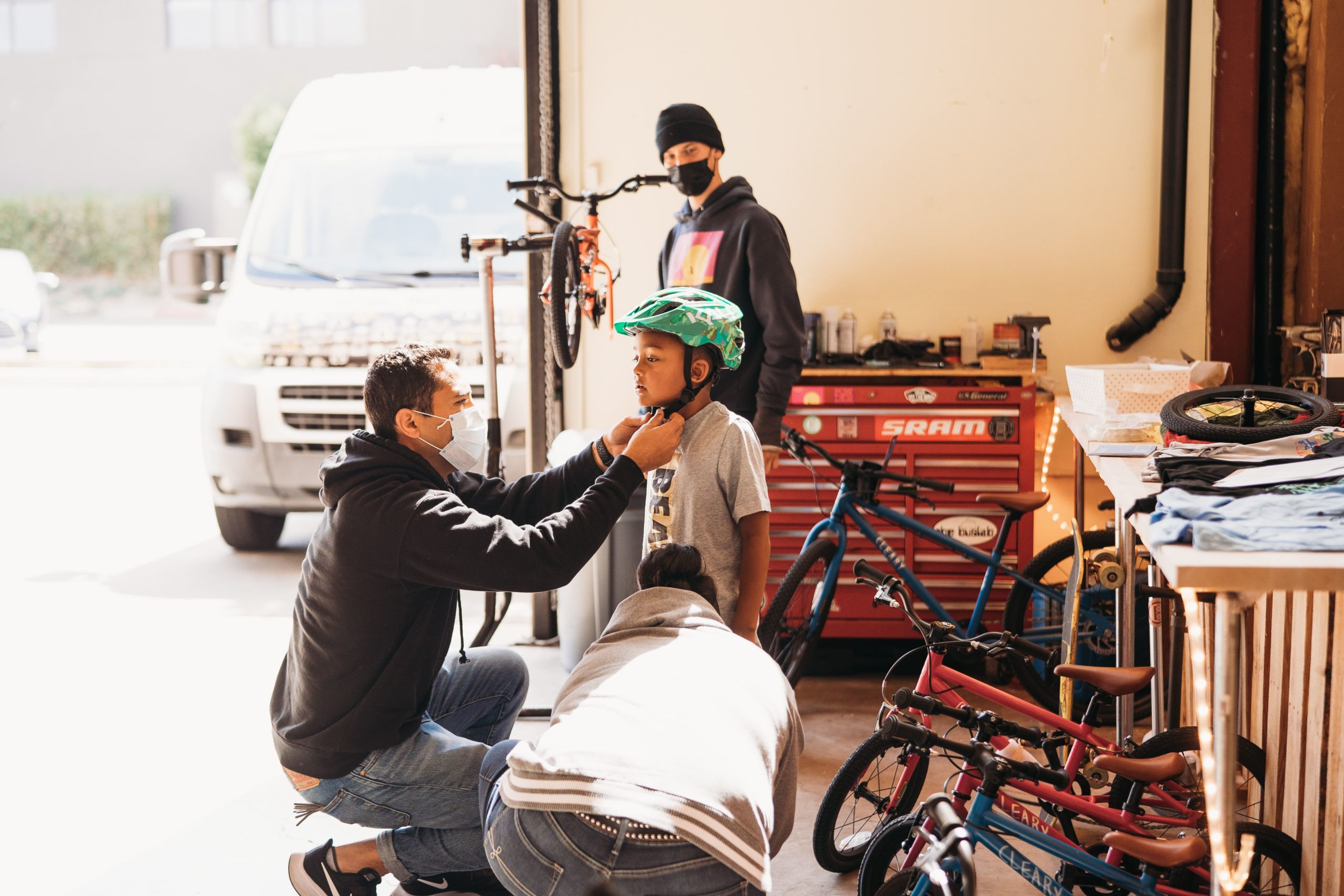
For many children, a bike is like a best friend. They may be hesitant or shy at first introduction. But once they get to know each other, your child will overcome their initial shyness and want to ride with their bike all the time!
Parents can probably recall dozens of happy memories forged on their own bikes while growing up. Endless summers were spent exploring parks and trails or cycling with friends to school. Now your child can build these same memories with their very own bike, as long as it’s properly taken care of.
Kids bikes see a lot of adventures, plenty of dirt, and often many miles. So, it’s natural that these bikes undergo some wear and tear over time. But no matter how often your child rides, a well-cared-for bike can last for years, making bike maintenance an important part of owning a bike.
Whenever you send your child off on two wheels, you’ll want to ensure their bike is in a safe working condition for optimal riding. Whether you come from a family of cycling enthusiasts or have no experience, it’s easy to learn basic bike maintenance or brush up on your skills.
A well-maintained bike makes for a safe ride and extends the life of your kid’s bike, so don’t skip this task! Read on to find our top tips for maintaining your child’s bike.
Before you get started on your bike maintenance project, you’ll need a few essential tools. Bike maintenance is relatively easy, so the list isn’t extensive, but you may need to make a run to your local hardware store or bike shop for a few key items.
Most of these items will be available in a handy pre-made kit, or you can buy items individually. Check your household tool kit, and you may find you have many of these items already.
If you’re not experienced in bike maintenance, it’s often better to leave any significant repairs to the professionals. A trip to the local bike repair shop will avoid the need to buy more tools and ensure the job gets done right.
Kids bike maintenance involves a mixture of cleaning and caring for the bike, making adjustments for the rider’s comfort, and fixing any flat tires or other issues. Here are some of the most common types of bike maintenance parents and children can tackle.
Adults love the feeling of a car fresh out of the carwash, so why not give your kids that same feeling with a fresh, clean bicycle! Cleaning bikes can make for some bubbly fun, so why not make a fun game out of this task. Put on your bathing suits and get the little ones involved in the cleaning.
Cleaning the bike’s frame and tires is easy and only requires these simple cleaning essentials. Just wet the bike with some soapy water and gently wash away the grime! Use a sponge and soap up the brake pads to remove any mud or build-up you may find.
Simply rinse the bike and wipe it down with a clean towel when you’ve removed all the dirt. Avoid the chain, as this will require special treatment that we’ll detail later in this article.
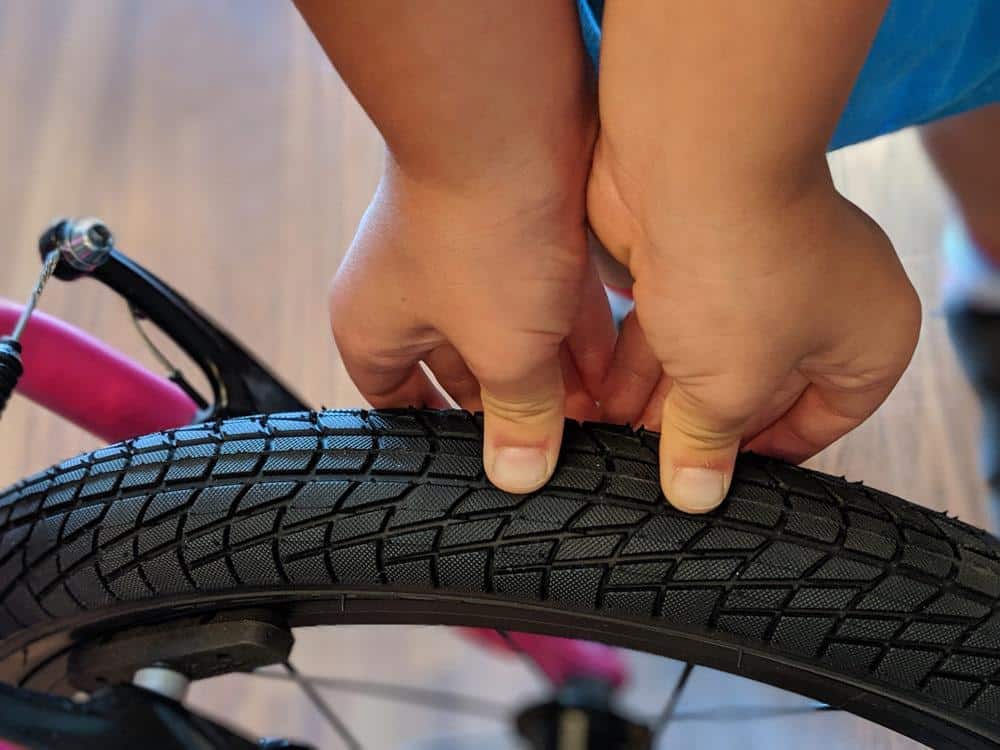
Tires are essential for bikes, and they often require the most frequent maintenance. It’s natural for tires to lose some pressure over time, and if kids are playing around or hopping up and off curbs, they are more likely to get flats.
So before your child heads off to school or the park, you should check both their tires are properly inflated. Luckily, flat tires are usually easy to fix. A simple tire pump is all you need to keep tires filled, and kids can even learn to do this task themselves. We don’t recommend children ride on tires with low pressure, as it will make the bike harder to pedal and can be dangerous.
Each tire and bike style will have its ideal tire pressure level. If you don’t know what the perfect pressure is, you can find it by giving the tire a spin and looking for some numbers printed on the sidewalls.
If the tires on your child’s bike deflate quickly after pumping, you may have a leak or hole. If there’s a hole in the tire, you will likely hear it. So, follow the sound to find the hole and patch or replace the tire as necessary.
Little kids are always getting dirty, so it will be no surprise that their bikes can get dirty as well! But it’s worth maintaining and keeping kids’ bikes clean. A clean bike not only looks good and feels good to ride, but it works better and lasts longer as well. The chain of the bike is one of the most critical areas to maintain.
When kids have thrilling adventures in the park or dirt trails, debris will inevitably dirty their bike chains. If your little ones ride in wet or muddy conditions, the chain will likely get dirty more frequently. Keeping the chain clean is essential because a bike that regularly has dirty components will wear more quickly and can develop stiff gears.
To maintain the chain on your child’s bike, you should use a cycle lubricant on the chain. Wipe off any excess oil once you’ve finished applying the lubricant. Cleaning the chain can be a messy task so you will want your cleaning rags for this task, and a pair of gloves won’t go astray either!
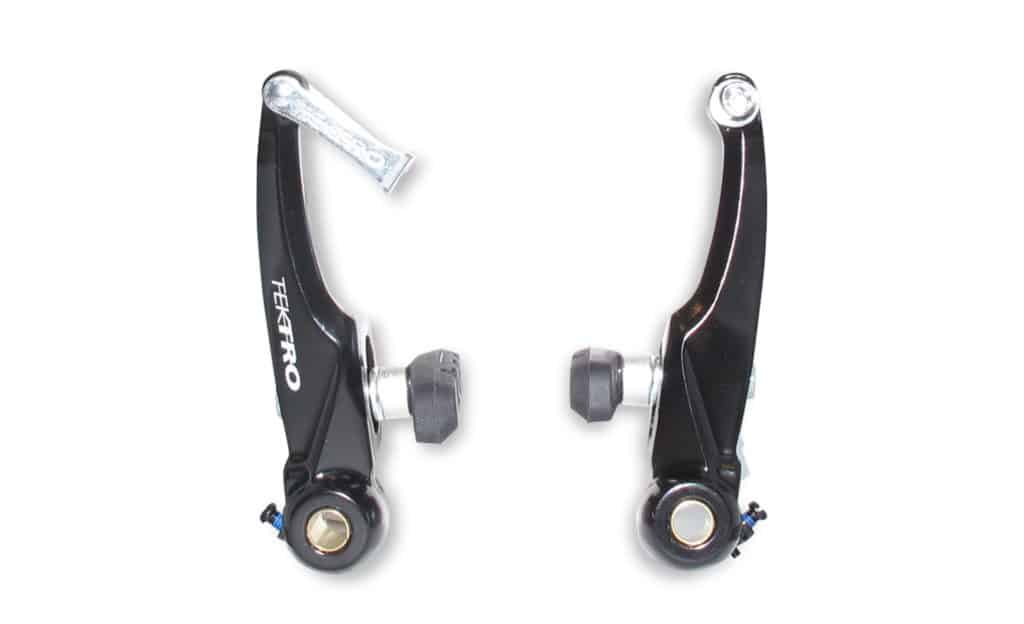
Brakes are one of the most critical safety features of a bike, so it’s essential that parents check the brakes are working on their kid’s bikes. Brakes can differ on children’s bikes, so you should know how to test both types.
The brakes on bikes for 2 to 4-year-olds and some bikes for 5 to 8-year-olds are more likely to be pedal brakes. Pedal brakes are also known as back-pedal brakes or foot brakes. Parents can test these types of brakes by pedaling backward and engaging the brake.
Older children’s bikes for 9 to 12-year-olds will usually have handbrakes. To check handbrakes, you should manually pull the brakes and gauge how loose they are. If the brake levers easily come all the way back to the bar with little resistance, they will need adjusting.
It’s a good idea to have your child test the resistance of the brakes as well as testing them yourself. It should take all of a child’s strength to make the lever touch the bar. While achieving this feat may be easy for parents, you may find that young children with tiny hands don’t pull the brake so easily!
However, if you both find it too easy to pull the lever, then the brake cable undoubtedly needs tightening. Alternatively, if the lever is too hard and tight for your little one to pull, then it needs to be loosened a little.
When adjusting brakes, parents should make sure the brakes are evenly adjusted between the back and the front. If the front brake is too strong, your kids may fly forwards when braking. When teaching your kid to ride a bike with hand brakes, you should spend time showing them an appropriate level of force so they can build their skills.
Pedal brakes are easier to maintain than hand brakes, but that doesn’t necessarily make them a better option for kids. You can learn more about the pros and cons of kids coaster brakes vs. hand brakes here.
No one likes a squeaky wheel. The most common cause of an annoying little squeak on your child’s bike is rubbing wheels. This issue can happen when the brake pads touch against the wheel rims while your kiddo is riding. It’s not only an annoying sound, but it can also slow them down and wear away the pads and rims.
Before trying to fix squeaking wheels, parents should troubleshoot for any other potentially more significant issues. Check that the wheel is centered correctly and that there isn’t a bent frame or bent axle to blame. Place the bike on a repair stand if you have one and spin the wheel. Watch the gap between the bike’s wheel. If the gap changes as the wheel moves around, it’s a sign that the rim is warped.
If there’s no sign of warping or damage, your next step is to fix the rubbing brake pads. If your child’s bike has hand brakes, you should pull the brake and watch the wheel. Check that the brake releases both fast and fully when you release the brake lever.
A delayed-release or jammed brake can occur when the bike’s brake cables are dry or dirty. Check that there is no dirt or debris stuck in the brake pads or rubbing the rim. A good clean can often resolve these issues. However, if the pads are damaged with dirt or worn down, they may need replacing.
If there’s no sign of dirt, then the brake pads may have been knocked out of their normal position. When you check the brake levers, the entire contact surface of the brake pads should hit the rim. To adjust the brake pad alignment, find the bolt that holds the brake pad post. Loosen off the bolt and push the brake arm inwards so that the brake pad touches the rim again.
Kids grow fast, and handlebars should be adjusted regularly to accommodate growth spurts! Handlebars and saddles are easy to adjust. You’ll need your wrench to loosen the nut, then slide the bar along the stem to adjust to the right level.
Depending on your child’s height and comfort the handlebar can sit above, equal, or just below the bike’s saddle. Your child shouldn’t be stretching or struggling to reach their handlebars, but they shouldn’t be uncomfortably hunched over them either.
Once you find the perfect position and adjust the handlebar you should also re-align the saddle.
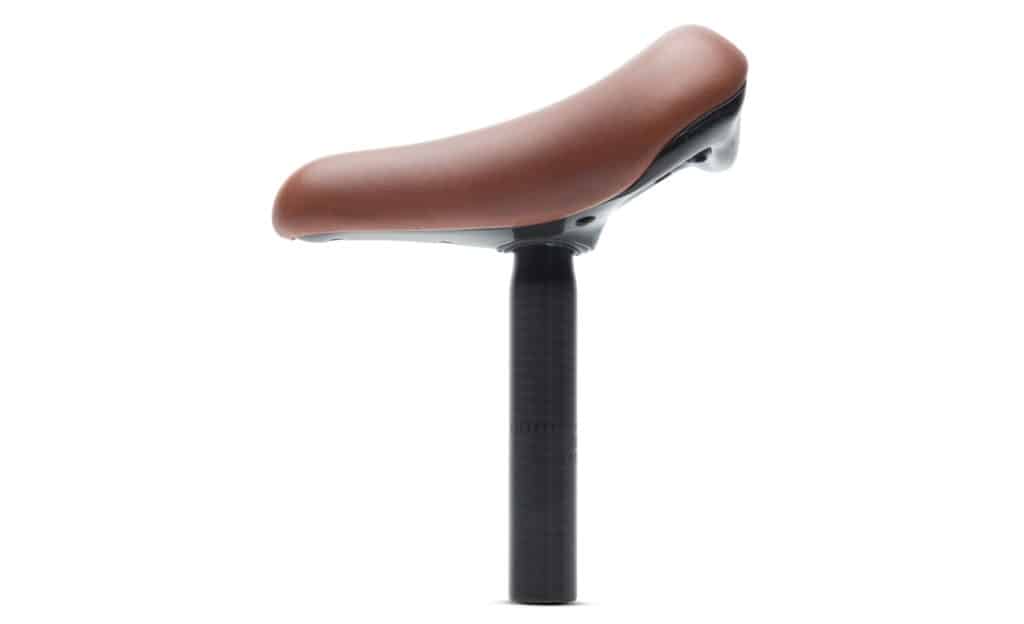
Like the handlebars, the right saddle height makes a big difference in your child’s comfort level while riding.
As your child grows, expect to adjust their saddle a few more times. Wondering what the right height is? As a good rule of thumb, you should set your kid’s bike saddle so you can see just a slight bend in their knees as they ride. Little kids who are just learning to ride should have their saddle adjusted so their feet can touch the ground easily.
Adjusting the saddle height can extend the life of your child’s bike. Often it may seem like a child has outgrown their bike, but really, the saddle just needs adjusting! When buying a bike, you should check your child’s size using our kid’s bike sizing guide and get a bike that fits perfectly with the saddle at its lowest height. Then, you have ample room to adjust the saddle as your child grows.
Whenever you choose a new bike or adjust an old one, it’s wise to do a test ride. Get your kid to ride around a safe area on your property. This will help both you and your child gauge if the seat height and handlebars are at an ideal height. You can also check that the chain is moving smoothly and the brakes aren’t too loose or stiff.
Do you know the old adage, a place for everything, and everything in its place? Well, kids’ bikes are no exception! Proper bike storage can save parents time, money, and energy spent on bike maintenance down the line.
Bikes should ideally be stored somewhere dry and with a moderate temperature. Bikes that are stored in wet or humid conditions are more likely to get rusty components.
If your kid’s bikes aren’t used regularly, or if they only come out in the summer, then you may wish to cover them while stored. Covering bikes will prevent them from becoming covered in dust and cobwebs, saving you some cleaning time down the line!
If a bike has been in hibernation for a few months, it’s natural that the tire pressure will have decreased. So, even when you store bikes with full tires, you should check the tire pressure again when you pull them out of storage.
Most toddlers or little kids are too young to take on the task of bike maintenance themself, so this task will fall to their parents.
But there’s nothing in the way to stop older children from getting involved in bike maintenance. In fact, it’s a great experience for kids and teens to learn how to pump and change a tire or adjust their own seats and handlebars. Taking ownership of their bike’s maintenance gives children more confidence and a sense of accomplishment.
If you’re both new to bike maintenance then learning together can be a great way to bond with your child. You may want to check with your local bike clubs, or local bike repair shops and see if they hold any maintenance classes.
Cycling gives children a sense of joy and independence and learning how to maintain their own bikes teaches them responsibility. It’s a skill they can take forward and use as they ride independently into adulthood.
Bike maintenance doesn’t have to be a chore. Many children (and adults for that matter!) love tinkering with mechanics and maintaining their vehicles. Kids are naturally inquisitive and love learning how things work, so many children will be eager to start working on their bikes.
Bike maintenance can be a great bonding exercise and learning experience for both children and their parents!
You may not want to teach every task on this list all at once, but show kids each step over a few sessions. Show your kids the basics, teaching small steps at a time. Demonstrate a little, then ask your kid to show you how to do the task and teach you how the bike works! By taking small steps, you’re less likely to overwhelm them with information.
When teaching your kids to work on bikes, it’s part and parcel of the learning process to let them make mistakes. Don’t get frustrated with them, just be a resource for the solutions if needed.
Kid’s bike maintenance is usually relatively easy, and the basic tasks outlined in this article are easy to tackle with a minimal number of tools. However, some more complicated issues may require a professional.
Proper bike maintenance requires both skill and patience. Because the safety of your child is paramount, you should speak to a professional if you come across an issue or tune-up you don’t feel adequately qualified to do yourself.
Your child relies on their bike to provide them with both safe transport and hours of fun and excitement. A well-maintained bike is a safer and more fun bike – that’s why regular maintenance and bike tune-ups are so important.
Whether they regularly cycle to school or just saddle up occasionally on the weekends, bike maintenance is essential. By following our tips, you can ensure your kid’s bike is safe and in good condition before sending them on their way.

Kids’ bikes are subject to wear and tear, which is why maintaining them is essential for their longevity and safety. As a parent, you can
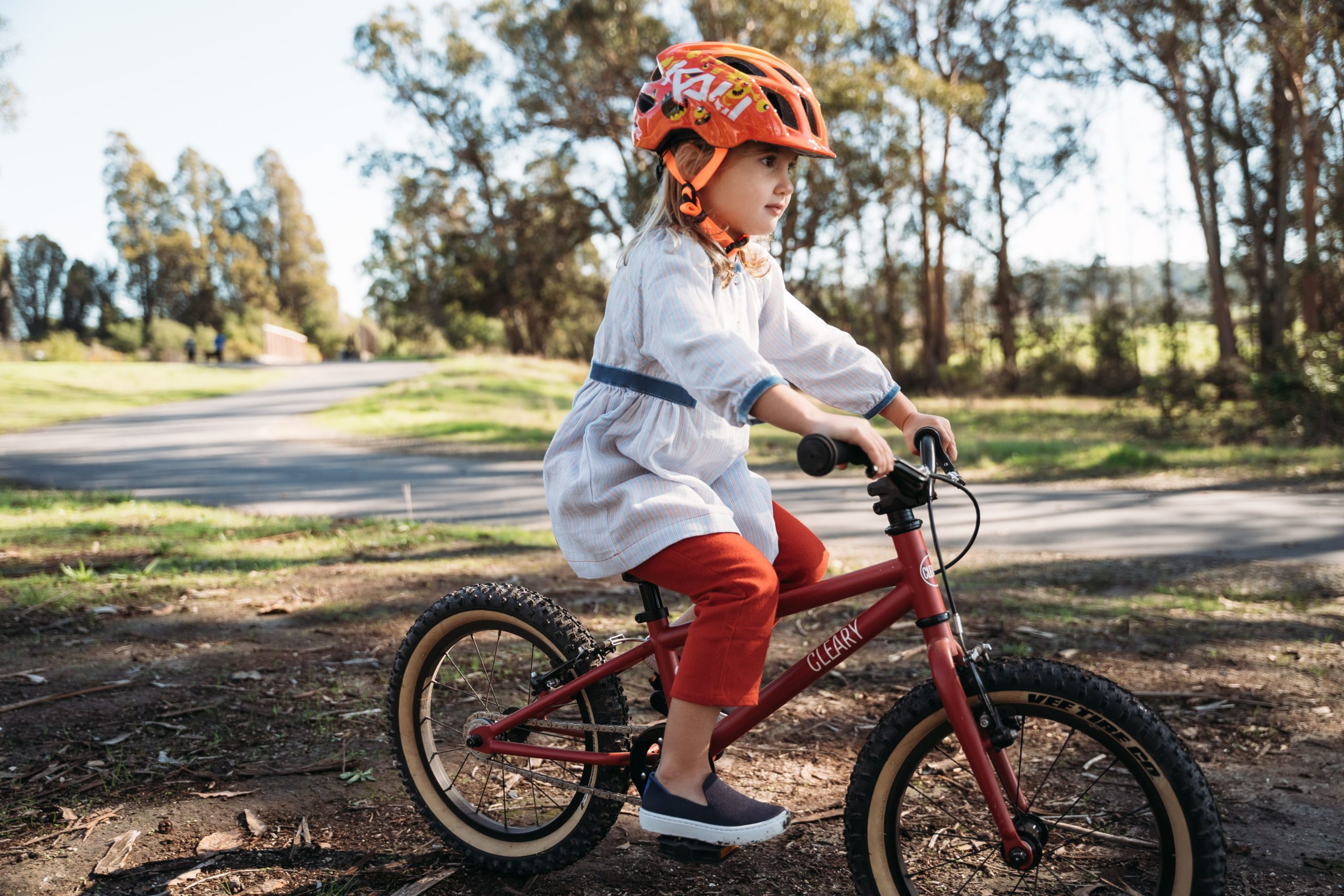
Bikes are a key ingredient in epic childhood adventures. So, choosing a new bike for your kid is a big decision! There are a lot
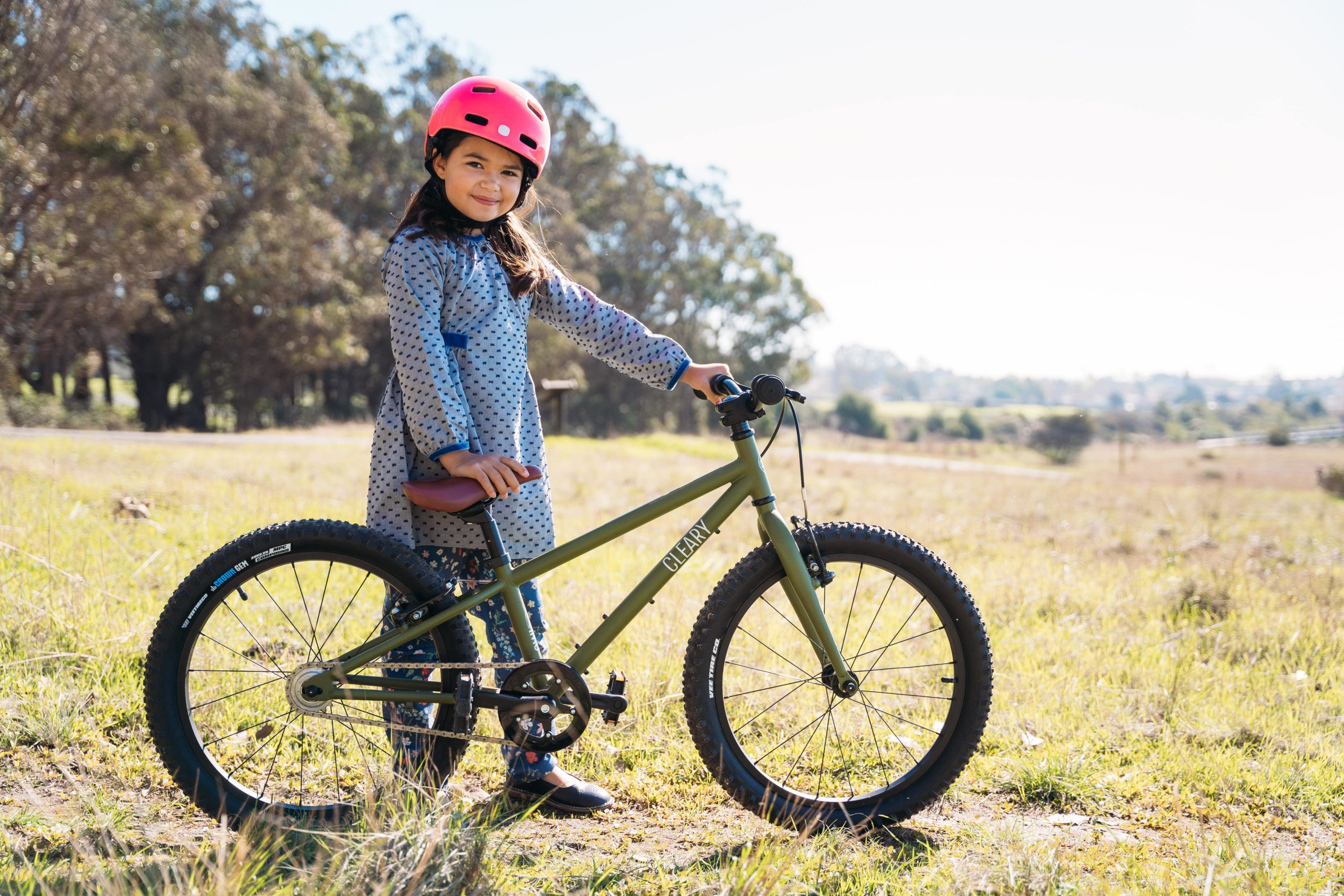
So, your child has been asking for a kids mountain bike? Knowing that they always want the newest toy (novelty is kind of their thing),
Sign up to get tips, tricks, and news for all things kids + cycling.


Enter your email and password

Thank you for your interest in ReRide. ✋🏼 We’ve reached our capacity for this year. Please check back early 2024.
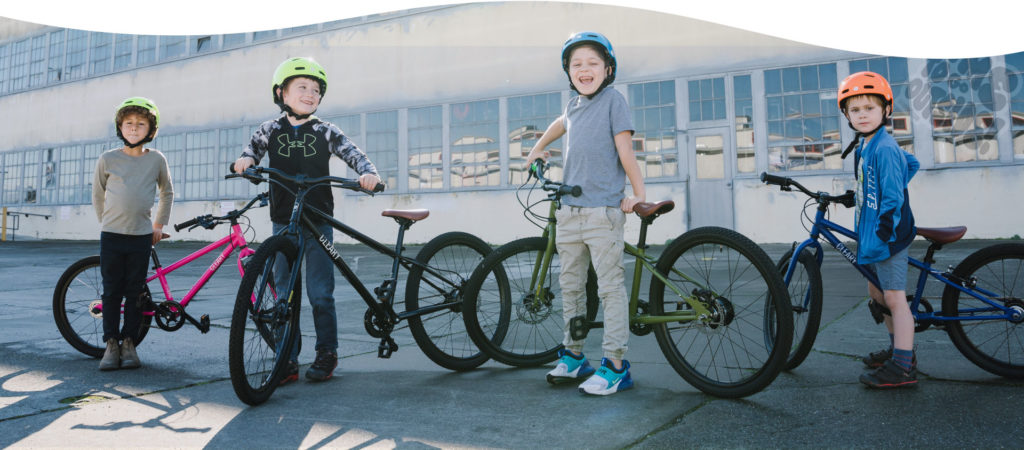
Sale on sale! Use code NewBikeDay to save an additional 15%
During sale periods, please allow up to 7 business days for order processing and shipping.
Sale dates:
Tuesday August 23 – Tuesday August 30 (midnight PST)
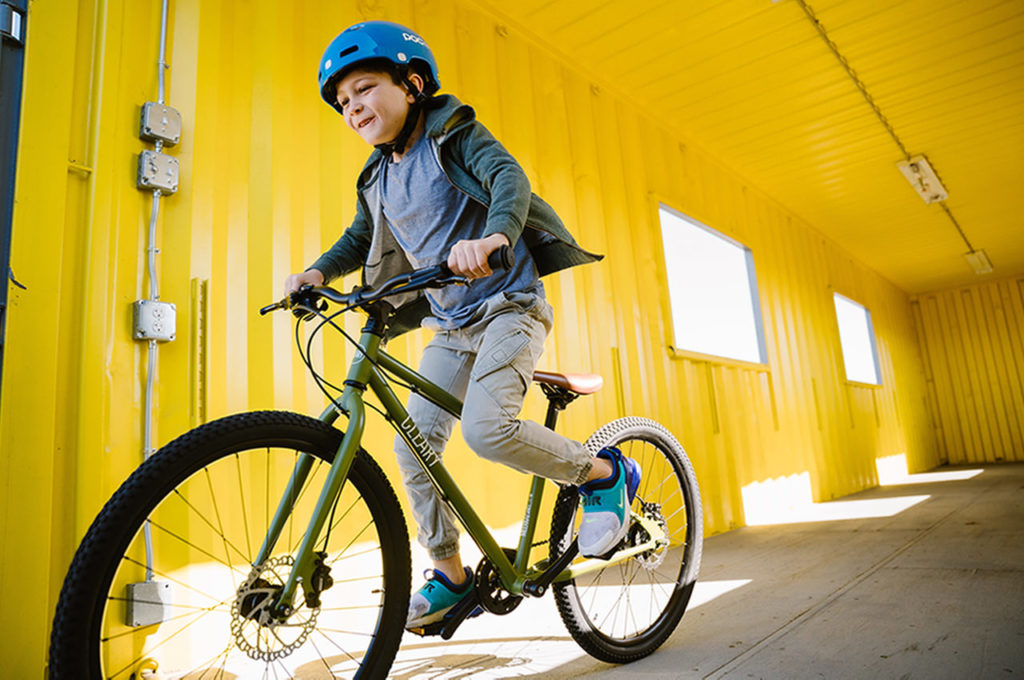
Back to school on our best-selling , do-it-all 24″ Meerkat. Use code
MEERKATSCHOOL
for 10% off plus a sweet Cleary water bottle and cage to keep your grade-schooler hydrated and riding.
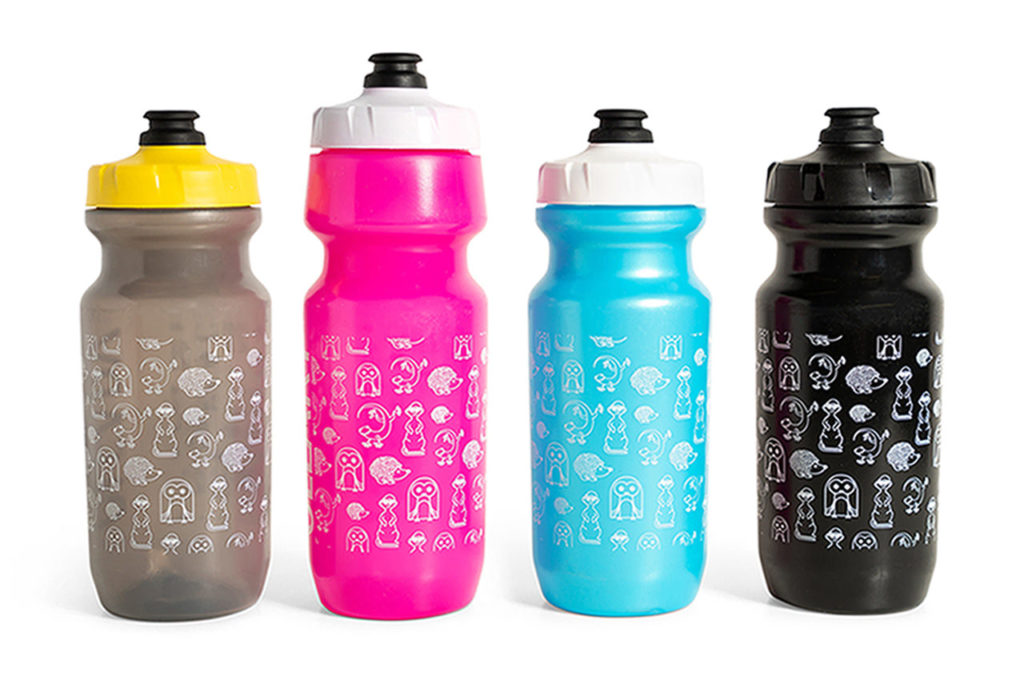
Gear while you wait. Score your rider a FREE t-shirt or jersey of your choice plus a sticker kit when you purchase a bike during the month of May.
Bike on backorder? No worries! We’ll ship your swag right away to get the excitement train rolling.
Select your bike and t-shirt/jersey and enter code BikeMonth2021 at checkout to redeem.
* while supplies last